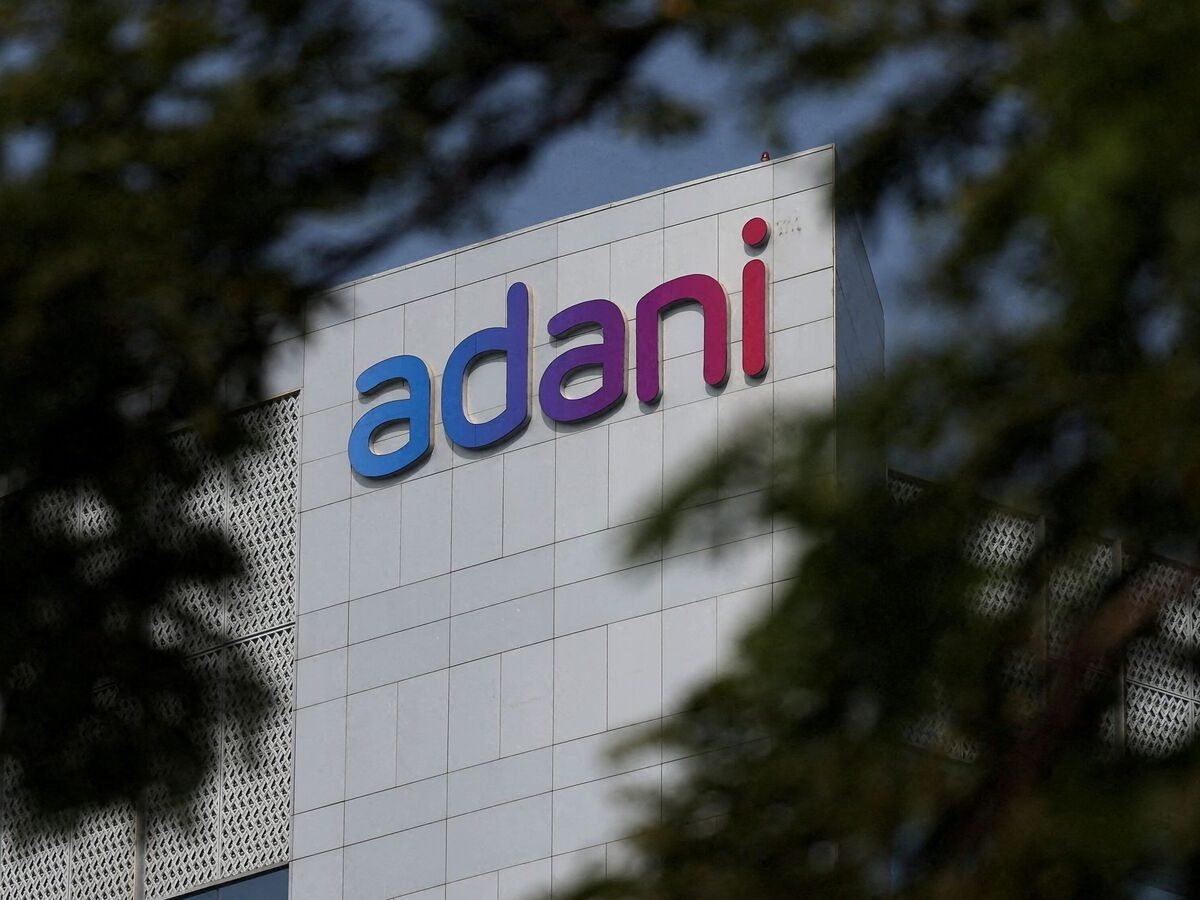Companies with low credit risk, usually rated ‘A’ or higher, raise money via bonds in two ways. A private placement open to select institutional or wealthy investors, which is the dominant mode of raising debt for Indian corporates. The other way is an initial public offering for all debt investors, a less preferred funding option.
Due to heavier funding requirements, non-banking financial companies (NBFCs) are more frequent issuers of public debt. To diversify their lending pools in accordance with regulatory guidance, NBFCs look at various avenues of funding, including bank loans, equity capital, overseas borrowing, privately placed non-convertible debentures, secured or unsecured debt, and subordinated debt.
More so, as bank funding for NBFCs has slowed in the past two to three years owing to Reserve Bank of India’s warnings of increasing interconnectedness between the two categories of lenders, subsequent increase in risk weights for bank lending to NBFCs–which were later reversed–and overall slowdown in bank lending amid the race for deposits.
This has even prompted lower-rated NBFCs to opt for public bond issues in recent years.
“We have seen some [public] corporate issuances but not enough to make a considerable trend. The issues that have happened are largely because rate transmission in banking is slower than the bond market,” said Vishal Goenka, co-founder of bond platform IndiaBonds.
Uncertain equity markets and global macroeconomic conditions have also made investment in bonds an effective way for retail investors to diversify their portfolio and earn higher rates than traditional fixed deposits, he said. However, Goenka said, while he expects more public issuances for the rest of FY26, financial institutions should continue to dominate the space.
India’s corporate bond issuances are expected to surpass record levels for the third straight year, with ₹11 trillion worth of offers expected in FY26, Mint reported on 9 July. But the bulk of that is expected to be private placement. Total corporate bond issues in FY25 amounted to ₹9.95 trillion, of which public debt issues were worth ₹8,149 crore across 43 issuances.
Key hurdles
Public issues enable better price discovery, increase brand visibility, and open new avenues for fundraising,” said Arjun Parthasarathy, founder and chief executive officer of online bond platform INRBonds. “Companies, especially NBFCs (non-bank financial companies) and large corporates, are using public markets to diversify funding beyond banks and benefit from better pricing when market liquidity is strong.”
However, according to Parthasarathy, public issues still account for a smaller share compared to private placements due to higher compliance costs and longer timelines.
Only four non-financial corporates—India Grid Trust, National Highways Infra Trust, SMC Global Securities and Adani Enterprises—raised funds via public debt issues in the last three financial years.
In FY26 so far, there have been only two public debt issues, including the current Adani issue. Prior to this, SMC Global Securities had raised ₹120 crore in April 2025.
The Securities and Exchange Board of India’s (Sebi) compliance guidelines for public issues, whether equity or debt, are generally tighter given that these raise funds from a less knowledgeable category of investors, including the retail category. Such issues require higher disclosures, investor mobilisation, complex documentation and higher issuance costs, such as for advertising and marketing or investor roadshows. Private issues are generally preferred by borrowers over public issues, regardless of the size of the fundraise, as reflected in a similar trend seen in bond issues by municipal bodies, Mint reported on 19 June.
While for municipal bonds the key hurdles are stricter regulatory requirements and compliance challenges, public issues by large corporates are also heavily dependent on their fund requirements which is currently muted given weak capex growth and steady working capital lines from banks.
Better transparency, price discovery
Public debt issues have no limit on the number of investors and are accessible to all categories, with specific reservations often allocated to retail investors. Listing on exchanges like BSE Ltd or National Stock Exchange ensures transparency and liquidity, while low minimum investment thresholds and flexible payout options make them attractive to individual investors.
Such issues also offer higher rates compared with privately placed debt issues to make them more lucrative for retail investors, especially in a falling or low-interest rate environment like now.
The Reserve Bank of India cut the key policy rate by 25 basis points each in February and April. This was followed by a 50-bps cut in June, leading to a 100-bps drop in rates within five months.
Adani bond issue
Adani Enterprises’ public bond issue of up to ₹1,500 crore opened for subscription on 9 July and was fully subscribed within hours of opening. The offer, open for subscription till 22 July, received demand for 3.7 times the securities on offer as of 1300 IST on Friday. The company had last raised ₹800 crore via a public issue in September 2024.What has also helped Adani’s fundraising is that it is a large conglomerate and a known name, which attracted investor interest.
“This is a second issue from Adani Group. In the past when they did one, it was very well welcomed by the retail segment of the investor class,” said Ajay Manglunia, managing director and head, Investment Grade Group, JM Financial. “In the recent one also, you would see there are a large number of retail investors who have participated.”
“And the thing is that (for the corporate) it’s a continuous exercise where they want to refine the cost of funding,” he said, adding that it allows the company to diversify the investor base to get the lowest possible coupons compared with a private issue where the company may only reach out to a “handful of investors”.
However, the conglomerate remains one of the very few non-financial services companies to tap the market via public issues. And there is strong demand among retail investors for such investments. According to INRBond’s Parthasarathy, that’s reflected in the strong subscription or trading volumes being seen in the secondary market for public bonds.
“Bank FD rates have been coming down over the last 1-1.5 months, so there will be a class of investors who would be looking at making an extra spread or a yield, say about 100-150 basis point higher than what typically bank FDs offer and therefore, there should be more demand from retail in general,” said Sachin Gupta, executive director and chief rating officer, Care Edge Ratings.
Regulatory boost
Industry experts are optimistic that recent regulatory measures taken to boost retail participation in bonds should encourage more corporates to look at public issues as a funding source, despite the constraints.
“Notwithstanding the public issues being operationally more intensive to handle or more compliance heavy, the motivation for a public issue could be to diversify the funding sources,” said Jitin Makkar, senior vice president and group head, Icra Ltd.
The Securities and Exchange Board of India in February launched ‘Bond Central’, a public repository of bond data, and reduced the minimum face value of listed bonds from ₹1 lakh to ₹10,000, making them more accessible for retail investors.
“There is a gradual increase in public issues by corporates, supported by regulatory changes that have lowered the minimum investment and improved transparency, making it easier for retail investors to participate,” said Nikhil Aggarwal, founder and group chief executive, Grip Invest, adding that there is a “noticeable uptick in interest” from private sector corporates.
Sachdeva, too, expects more corporates in the ‘A+’, ‘AA-’ and ‘AA’ categories to be active in the public bond segment because of better yields to the investors compared with higher-rated bonds. “Corporates which have large-sized issues will be able to spread that (higher) cost.”







